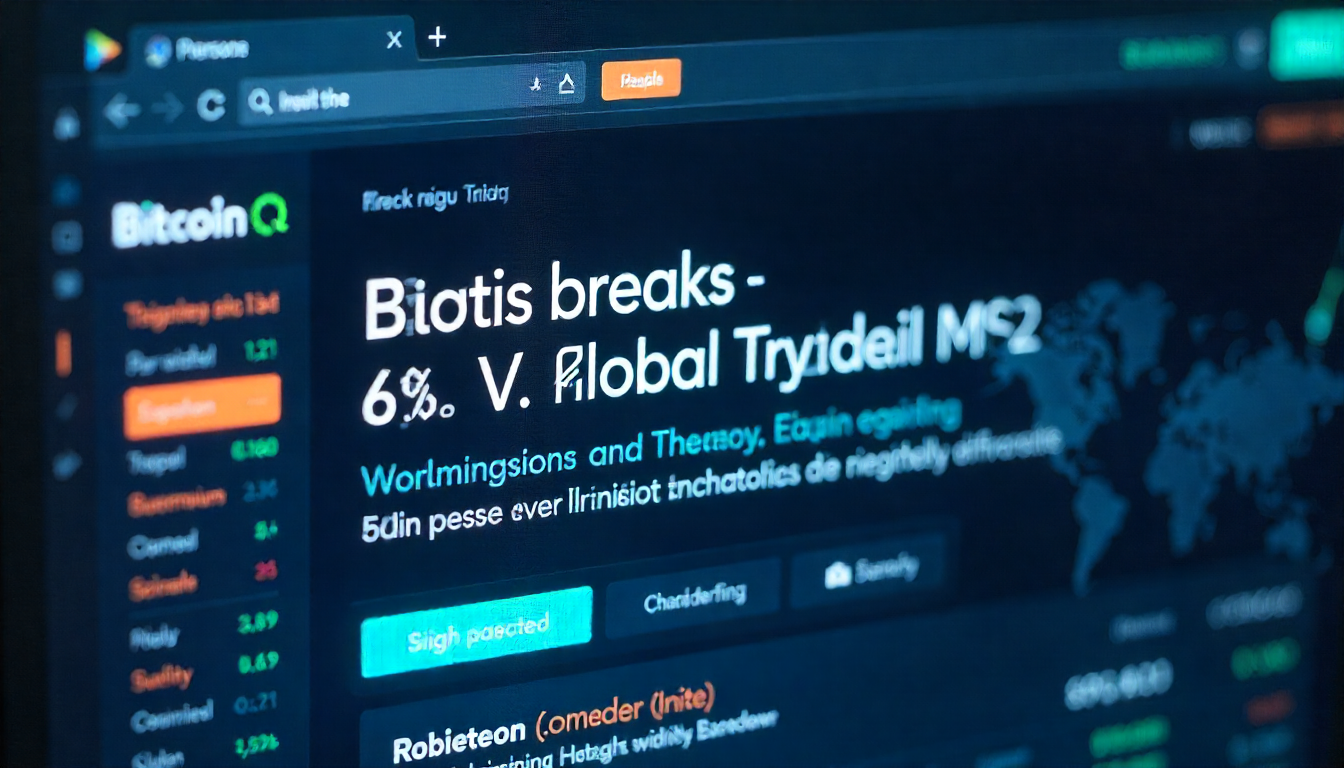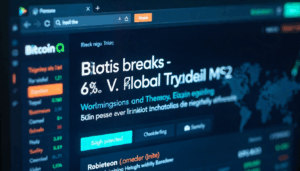MicroStrategy Experiences 2.5x More Volatility Than Bitcoin—Implications for Traders
MicroStrategy’s (MSTR) volatility has surged, now reaching 2.5 times that of Bitcoin, creating new opportunities for options traders but also increasing the risks associated with the strategy.
MicroStrategy, the largest publicly traded Bitcoin holder with over 380,000 BTC, has seen its stock price skyrocket by 500% this year. This growth has been driven by investors looking for indirect exposure to Bitcoin, with the cryptocurrency itself rising by 124% according to CoinDesk and TradingView data.
Beyond price gains, MicroStrategy’s implied volatility (IV) has also seen a significant jump. As of Monday, MSTR’s 30-day IV stood at an annualized 140.86%, according to OptionCharts.com, 2.5 times higher than Bitcoin’s 30-day implied volatility of 55.65%, as tracked by Deribit’s DVOL index. Deribit, the world’s largest crypto options exchange, provides this data, which reflects the growing expectations of price fluctuations in MicroStrategy shares.
For options traders, high implied volatility can increase potential income. When IV rises, the premiums for options contracts (which give the buyer the right to buy or sell an asset at a set price) also increase. This allows traders to collect higher premiums when writing or selling options.
In particular, savvy traders holding the underlying asset can use a covered call strategy, where they sell call options at strike prices much higher than the current market price of MSTR. This generates additional income from premiums on top of their spot holdings. If the market rises, the gains from holding the underlying asset often outweigh any losses from being short on the call options.
Due to MSTR’s heightened volatility, a covered call strategy using MSTR options could yield returns up to 2.5 times greater than using Bitcoin options. This has generated buzz in the trading community, with discussions centered around “monetizing MSTR volatility.”
However, it’s important to note that this strategy comes with limitations. While it can provide extra income, a covered call caps the upside potential. If MSTR experiences a significant rally, traders could miss out on substantial gains, making it more profitable to simply hold the asset rather than engage in options trading.
Share this content:













